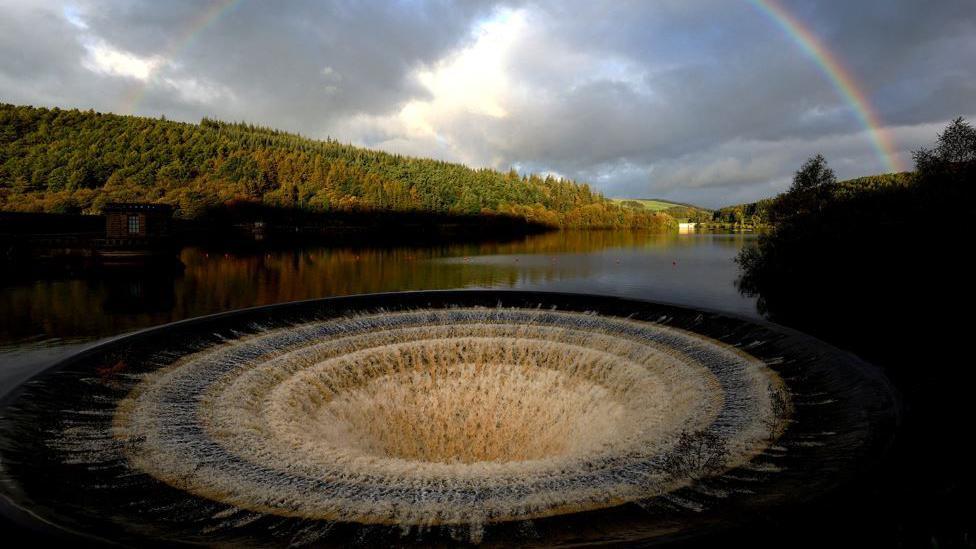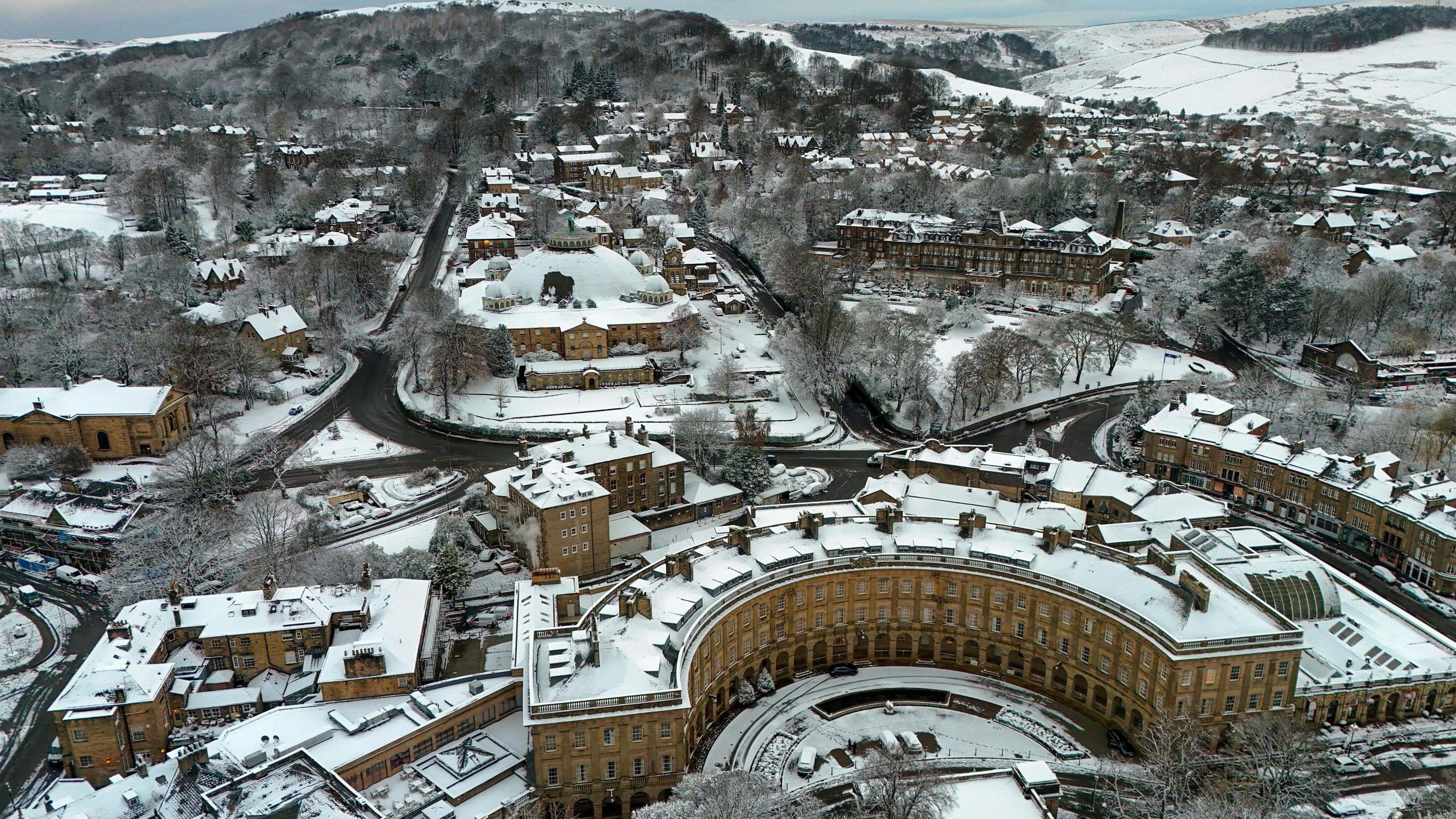What council shake-up could mean for Derbyshire

Derbyshire's political map will be changed under local government reorganisation
- Published
Proposals for a radical overhaul of how services are run across Derbyshire are now in the hands of the government.
There are currently 10 councils in the county that are responsible for services including education, social care, roads, waste collection, and planning.
However, the Labour government wants to streamline local government with fewer authorities responsible for larger areas and having devolved powers.
In Derbyshire, nine out of 10 councils have broadly agreed to creating two new authorities split between north and south Derbyshire, while the county council has proposed one authority for the whole area.
Ministers asked local authorities to investigate proposals that kept populations and economies balanced, with a suggested "benchmark" of 500,000 people for each new council.

Nine out of 10 local authorities in Derby and Derbyshire chose a north/south split
Nine of the councils have chosen one of four options to split Derbyshire across an east-west line, though the exact split differs among the options.
Derby City, Chesterfield Borough, Erewash Borough, and High Peak Borough councils are in favour of option B1, which divides the existing Amber Valley Borough Council area in half.
Three authorities - North East Derbyshire District, Bolsover District and Derbyshire Dales District - chose option 1A, which is drawn across similar lines but places the Amber Valley area more in the north.
South Derbyshire District Council is in favour of option B, which places all of the Amber Valley area in the south, while Amber Valley District Council's favoured option A would see all people living in the district within the new North Derbyshire authority.
All nine of those authorities had worked together on the project, saying that local government reorganisation was an "opportunity", although many politicians expressed frustration and sometimes anger at how the national government had handled the process.
All the options for splitting Derbyshire between north and south come close to the government benchmark for new authorities serving populations of around 500,000.
Derbyshire County Council, meanwhile, proposed one unified Derbyshire to bring the county and city together within historic boundaries.
If it existed today, it would be the second biggest unitary authority in the country, looking after more than one million people.
The only bigger unitary local authority currently is Birmingham City Council.
Derbyshire County Council's leader, Reform UK's Alan Graves, claimed a single united Derbyshire would be supported by residents and financially strong.
The final decision will now be made by the Ministry of Housing, Communities and Local Government.
A recent consultation found the idea of merging councils in the county had failed to win widespread support, no matter which option was tested. The plan for a single large council wasn't part of the consultation.
Get in touch
Tell us which stories we should cover in Derby
Follow BBC Derby on Facebook, external, on X, external, or on Instagram, external. Send your story ideas to eastmidsnews@bbc.co.uk, external or via WhatsApp, external on 0808 100 2210.
Related topics
- Published2 July

- Published26 January
